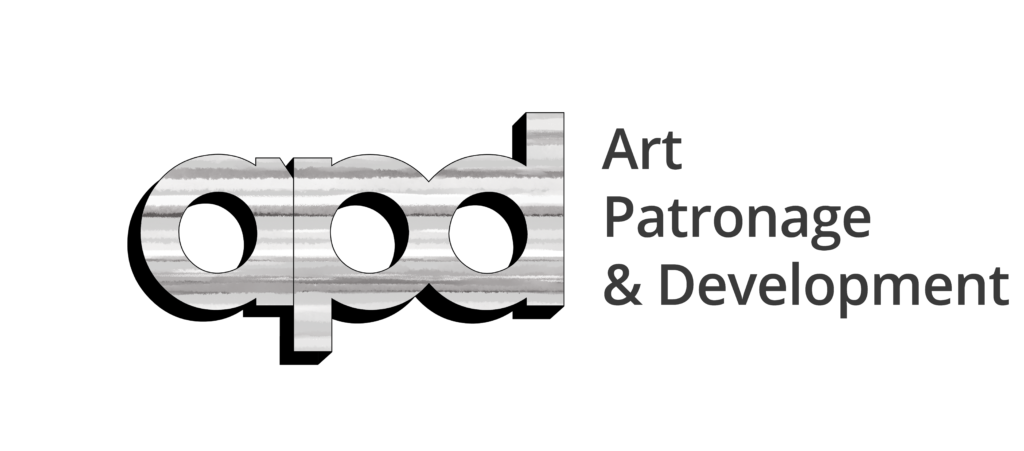Venue
Goethe Institute Hanoi
Date
3-10 October 2003
Organiser
Trần Lương
Supported by
Goethe Institute Hanoi
Curator
Trần Lương
Artists
Nguyễn Quỳnh Chi, Nguyễn Văn Cường, Phạm Ngọc Dương, Lê Quang Ðỉnh, Nguyễn Mạnh Hùng, Nguyễn Quang Huy, Trần Lương, Nguyễn Trí Mạnh, Nguyễn Minh Phước, Nguyễn Quân, Veronika Radulovic, Brian Ring, Nguyễn Minh Thành, Vũ Thụy, Trương Tân, Lê Vũ
INTRODUCTION
Green Red & Yellow was a contemporary art exhibition featuring 16 artists held at the Goethe-Institut Hanoi from October 3rd to 10th, 2003.
Until 2003, contemporary art practice in Vietnam was developed for about 8 years. The quantity and quality of artworks had gradually increased, hinting at the potential for a larger-scale exhibition rather than previous solo shows or small group shows.
Intending to curate an exhibition that reflects the birth and development of contemporary art in Vietnam, Trần Lương shared his thoughts with several cultural institutions to get support and received the endorsement of the Goethe-Institut Hanoi director for the term of 2002 – 2007, Franz-Xaver Augustin.
The Goethe-Institut Hanoi agreed to provide the institute’s new space, which was then near completion, along with other fundamental support within its capacity. The exhibition project “Green Red & Yellow” was urgently discussed, implemented, and completed in the last minutes before the opening.
The 16 works included installation, conceptual art, video art, interactive performance art, photography, and painting by local artists, as well as two foreign artists who had been living and working in Vietnam for a long time.
The artworks developed from the idea suggested by the traffic light system. It represented the conventions of public transportation during the period of unprecedented urbanization: Green—go, Red—stop, and Yellow—undefined. Green, Red & Yellow’s concept in the social context reflects the interconnectedness between reform, conservative norms, and the naturalistic approach.
In the history of modern society, there have been stages when the interface of human activities in some territories was governed as in the nature of the interrelation among three traffic light colors. In this direction, it led to a mechanism that has always narrowed down the area of the Yellow, relegating it to a secondary role or even eliminating it, leaving only Green and Red / go and stop. This constricted structure has been strictly adopted for the game plan of power, consequently leading to the restraint of emotions and freedom of expression, and the mechanizing of the mood.
Yellow symbolizes a state of hesitance, the moment for warm-up, or moments of weariness and illness. It also represents the excitement, the sublimation breaking the way, the realm of emotions and intuition. There is therein no room for a volition mechanism.
Further, the Yellow embodies a neutral attitude, wisdom, and the “harmony with nature”. If the Yellow is lacking, this habitat can only be reserved for inanimate objects.
The artworks reflected various perspectives and beliefs, uncovering the overlooked corners of the “Yellow” lurking in the inner being and daily life. They invited viewers to temporarily depart from the default pragmatic environment and change the angle of look, shifting the boundaries of personal conditions and unleashing their imagination; Furtherly, to re-evaluate something that hasn’t been paid attention to and redefine a worthless object or a forgotten thing.
